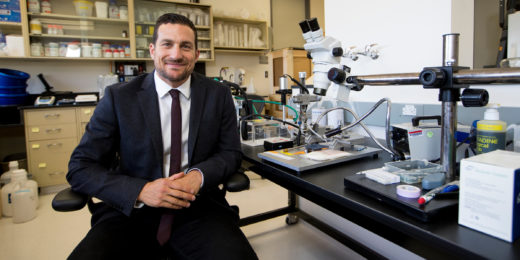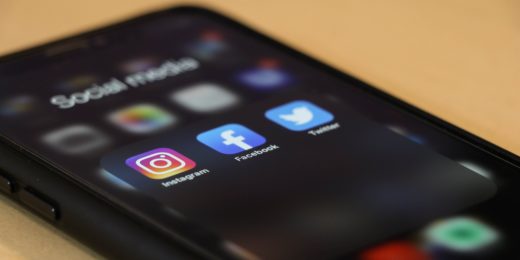Whether parents are dreading or looking forward to taking their kids to see the new "Pokémon" movie may depend on how their brains developed as a child. If they played the video game a lot growing up, a specific region of their visual cortex -- the part of the brain that processes what we see -- may preferentially respond to Pokémon characters, according to a new research study.
The Stanford psychologists studied the brains of Pokémon experts and novices to answer fundamental questions about how experience contributes to the brain's development and organization.
Jesse Gomez, PhD, first author of the study and a former neuroscience Stanford graduate student, started playing a lot of Pokémon around first grade. So he realized that early exposure to Pokémon provided a natural neuroscience experiment. Namely, children that played the video game used the same tiny handheld device at roughly the same arm's length. They also spent countless hours learning the hundreds of animated, pixelated characters, which represent a unique category of stimuli that activates a unique region of the brain.
The research team identified this specialized brain response using functional magnetic resonance to image the brains of 11 Pokémon experts and 11 Pokémon novices, who were adults similarly aged and educated. During the fMRI scan, each participant randomly viewed different kinds of stimuli, including faces, animals, cartoons, bodies, pseudowords, cars, corridors and Pokémon characters.
"We find a big difference between people who played Pokémon in their childhood versus those who didn't," explained Gomez in the video below. "People who are Pokémon experts not only develop a unique brain representation for Pokémon in the visual cortex, but the most interesting part to us is that the location of that response to Pokémon is consistent across people."
In the expert participants, Pokémon activated a specific region in the high-level visual cortex, the part of the brain involved in recognizing things like words and faces. "This helped us pinpoint which theory of brain organization might be the most responsible for determining how the visual cortex develops from childhood to adulthood," Gomez said.
The study results support a theory called eccentricity bias, which suggests the brain region that is activated by a stimulus is determined by the size and location of how it is viewed on the retina. For example, our ability to discriminate between faces is thought to activate the fusiform gyrus in the temporal lobe near the ears and to require the high visual acuity of the central field of vision. Similarly, the study showed viewing Pokémon characters activates part of the fusiform gyrus and the neighboring region called the occipitotemporal sulcus -- which both get input from the central part of the retina -- but only for the expert participants.
The eccentricity bias theory implies that a different or larger region of the brain would be preferentially activated by early exposure to Pokémon played on a large computer monitor. However, this wasn't an option for the 20-something participants when they were children.
These findings have applications well beyond Pokémon, as Gomez explained in the video:
The findings suggest that the very way that you look at a visual stimulus, like Pokémon or words, determines why your brain is organized the way it is. And that's useful going forward because it might suggest that visual deficits like dyslexia or face blindness might result simply from the way you look at stimuli. And so that's a promising future avenue.
Photo by Colin Woodcock / video by Kurt Hickman






